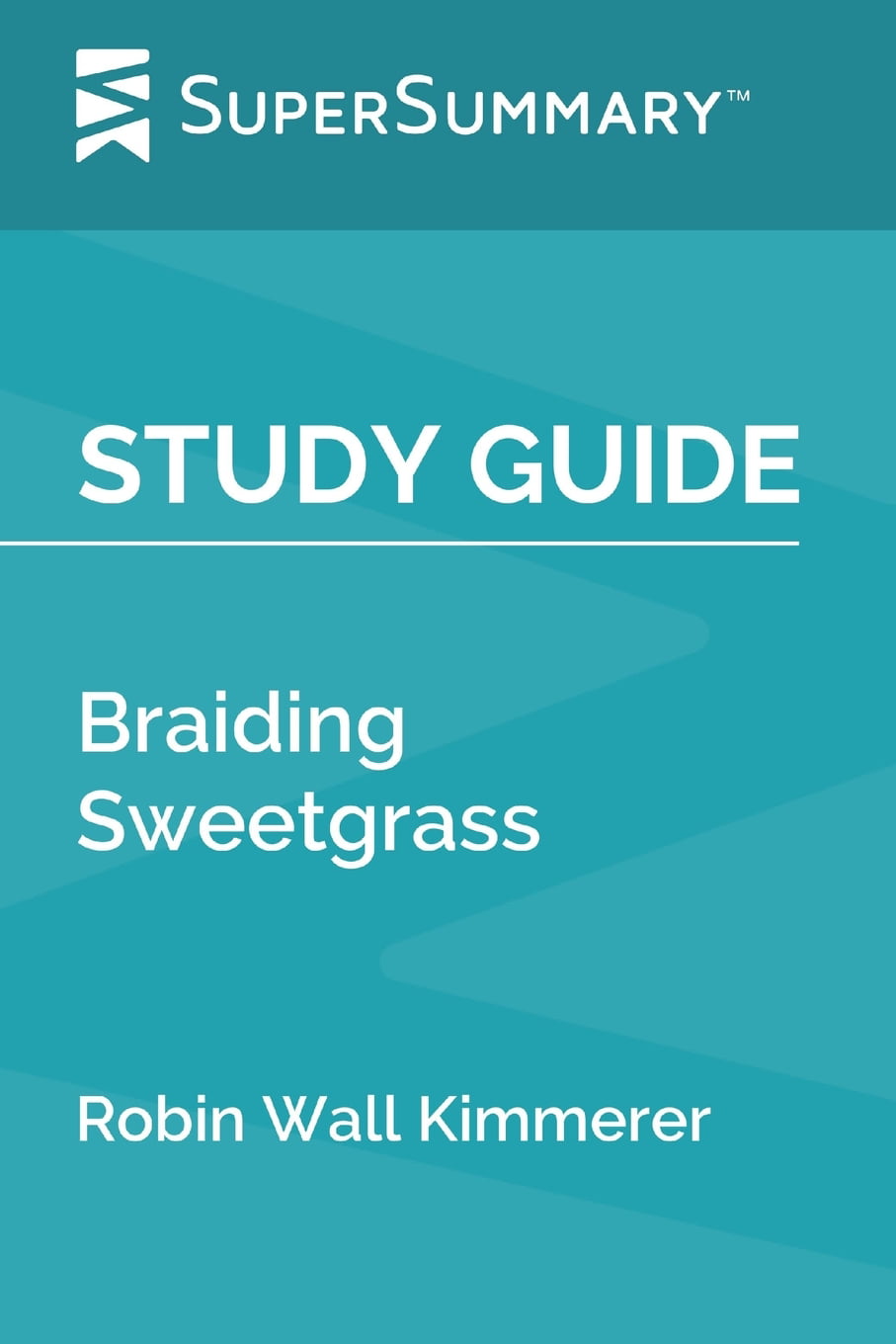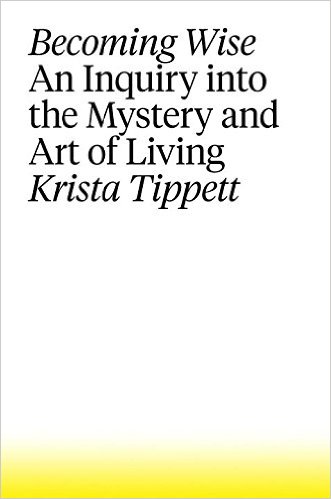



In a rich braid of reflections that range from the creation of Turtle Island to the forces that threaten its flourishing today, she circles toward a central argument: that the awakening of a wider ecological consciousness requires the acknowledgment and celebration of our reciprocal relationship with the rest of the living world. In Braiding Sweetgrass, Kimmerer brings these two lenses of knowledge together to take us on “a journey that is every bit as mythic as it is scientific, as sacred as it is historical, as clever as it is wise” (Elizabeth Gilbert).ĭrawing on her life as an indigenous scientist, a mother, and a woman, Kimmerer shows how other living beings-asters and goldenrod, strawberries and squash, salamanders, algae, and sweetgrass-offer us gifts and lessons, even if we’ve forgotten how to hear their voices. As a member of the Citizen Potawatomi Nation, she embraces the notion that plants and animals are our oldest teachers.

This book also very well constructs a hopeful idea as to what the future holds for the earth and humanity if we start treating the planet gratefully.īraiding Sweetgrass reminds me even if we feel hopeless or isolated from a very consumerist world, then we need to remind ourselves of the gift we have every day. It echoes the very human construct of gift-giving and responsibility that is especially needed when dealing with the environment. It evokes the emotion of reciprocity, for nature, the land, and the people. I recommend Braiding Sweetgrass to anyone who enjoys a good story- Kimmerer’s narrative is approachable, potent, and funny. Anthoxanthum hirtum – sweetgrass | Photo: Flickr Conclusion


 0 kommentar(er)
0 kommentar(er)
